Introduction
The art of making traditional Chinese zongzi, or rice dumplings wrapped in bamboo leaves, is a centuries-old culinary practice deeply rooted in Chinese culture. Among the myriad flavors and fillings available, pork-stuffed zongzi stands out as a timeless favorite, especially during the Dragon Boat Festival. These savory dumplings, with their rich aroma and delicate balance of flavors, are a delight to both the palate and the soul. However, perfecting the cooking process can be a challenge for even the most seasoned chefs. One crucial aspect of preparing pork-stuffed zongzi is determining the optimal boiling time to ensure they are cooked through to perfection without becoming overly mushy or dry. This comprehensive guide aims to demystify the boiling process and provide you with the insights you need to achieve the ideal texture and taste.
Understanding the Ingredients and Preparation
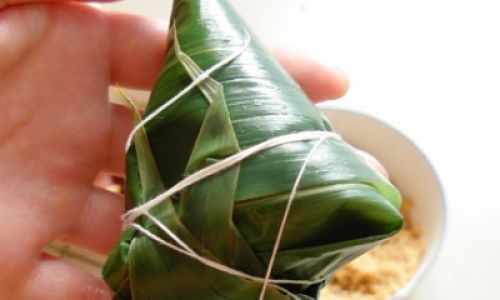
Before diving into the boiling duration, it’s essential to understand the components of a pork-stuffed zongzi and the preparation steps involved. Typically, these dumplings consist of glutinous rice, pork (often seasoned with soy sauce, five-spice powder, and other spices), bamboo leaves, and sometimes additional ingredients like salted eggs, mushrooms, or lotus seeds for added flavor and texture.
-
Rice Preparation: The glutinous rice should be soaked in water for several hours or overnight to soften it and allow it to absorb moisture, which is crucial for achieving a sticky, cohesive texture once cooked.
-
Pork Preparation: The pork is usually marinated for several hours or overnight to allow the flavors to penetrate deeply. This step is vital as it infuses the meat with a rich, aromatic taste that complements the sticky rice.
-
Wrapping: The art of wrapping zongzi lies in creating a tight, secure package that prevents the rice and filling from escaping during boiling. Bamboo leaves are folded into a cone or pyramid shape, filled with rice and pork, and then sealed tightly.
Boiling Time: Factors to Consider
Determining the exact boiling time for pork-stuffed zongzi is not a one-size-fits-all scenario. Several factors influence how long you should boil your zongzi, including:
-
Size and Shape: Larger zongzi require more cooking time than smaller ones. The shape can also affect cooking uniformity; irregularly shaped zongzi may need additional attention to ensure all parts are cooked through.
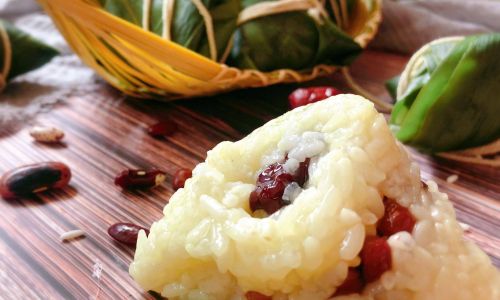
-
Rice Soaking Time: Properly soaked rice cooks faster and more evenly than rice that has not been soaked enough. If your rice is not fully soaked, you may need to extend the boiling time.
-
Pork Thickness and Marination: Thicker cuts of pork take longer to cook through, especially if they are not marinated for long enough. Marination not only flavors the meat but also tenderizes it, reducing the overall cooking time.
-
Boiling Method: Whether you use a stovetop pot, pressure cooker, or slow cooker will affect the boiling time. Each method has its own set of variables, such as heat distribution and pressure levels.
-
Altitude and Climate: Believe it or not, your geographical location can also play a role. Higher altitudes and colder climates may require longer cooking times due to lower atmospheric pressure and slower heat transfer.
General Boiling Guidelines
As a general guideline, pork-stuffed zongzi boiled on a stovetop in a large pot of boiling water usually take between 2 to 4 hours. Here’s a step-by-step breakdown:
-
Bring Water to a Boil: Fill a large pot with enough water to fully submerge the zongzi. Bring the water to a rolling boil.
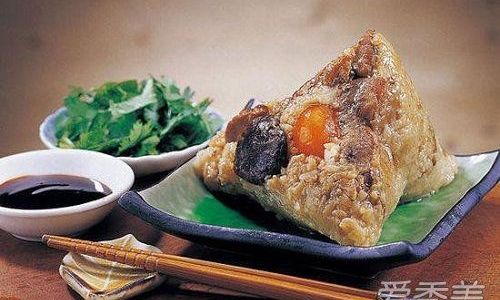
-
Add Zongzi: Carefully place the wrapped zongzi into the boiling water. Make sure they are not overcrowded; they should have enough space to move around freely.
-
Maintain Boil: Keep the water at a gentle boil. Avoid stirring the zongzi too much as this can cause them to unravel.
-
Check for Doneness: After about 2 hours, start checking the zongzi for doneness. You can do this by gently pressing on the zongzi with a chopstick or spoon; if the rice feels sticky and cohesive, and the pork is tender, they are likely ready. For larger or more densely packed zongzi, you may need to cook them for an additional 1 to 2 hours.
-
Resting Period: Once cooked, remove the zongzi from the boiling water and let them rest for a few minutes. This allows the flavors to meld together and the rice to firm up slightly.
Alternative Cooking Methods
If you prefer faster cooking times or different cooking methods, consider using a pressure cooker or slow cooker:
-
Pressure Cooker: Pressure cooking can significantly reduce the boiling time to about 1 to 1.5 hours. Follow the manufacturer’s instructions for adding water and adjusting cooking times based on the size and number of zongzi.
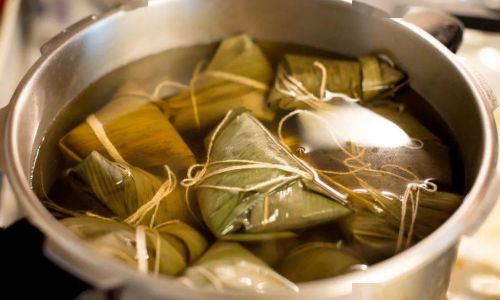
-
Slow Cooker: A slow cooker is an excellent option for those who prefer a set-it-and-forget-it approach. Cooking times can range from 4 to 6 hours on low heat, ensuring even cooking and tender results.
Conclusion
Mastering the art of boiling pork-stuffed zongzi is a rewarding culinary endeavor that combines patience, precision, and a love for traditional flavors. By understanding the factors that influence cooking time and following the general guidelines provided, you can achieve perfectly cooked zongzi that are both a delight to eat and a testament to your culinary skills. Whether you’re celebrating the Dragon Boat Festival or simply enjoying a homemade treat, remember that the journey to perfect pork-stuffed zongzi is as much about the process as it is about the final product. Happy cooking!
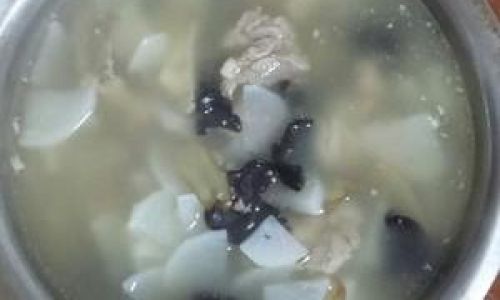

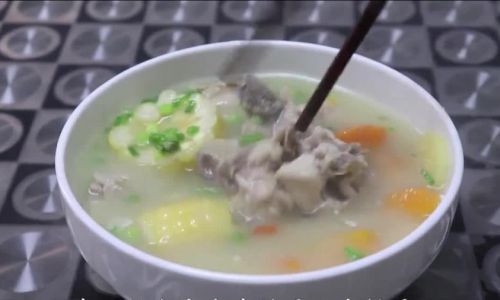
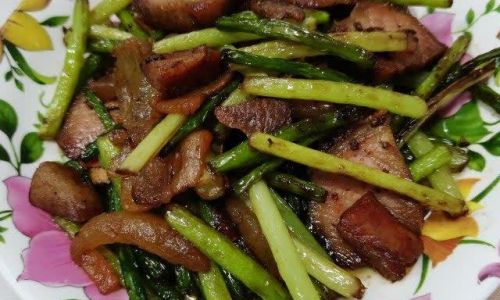
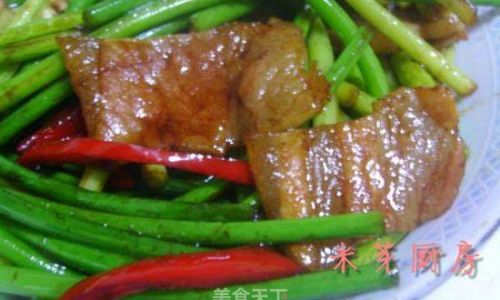
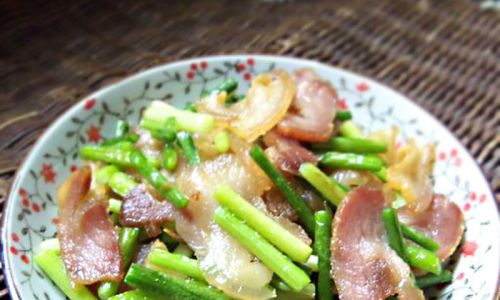
0 comments